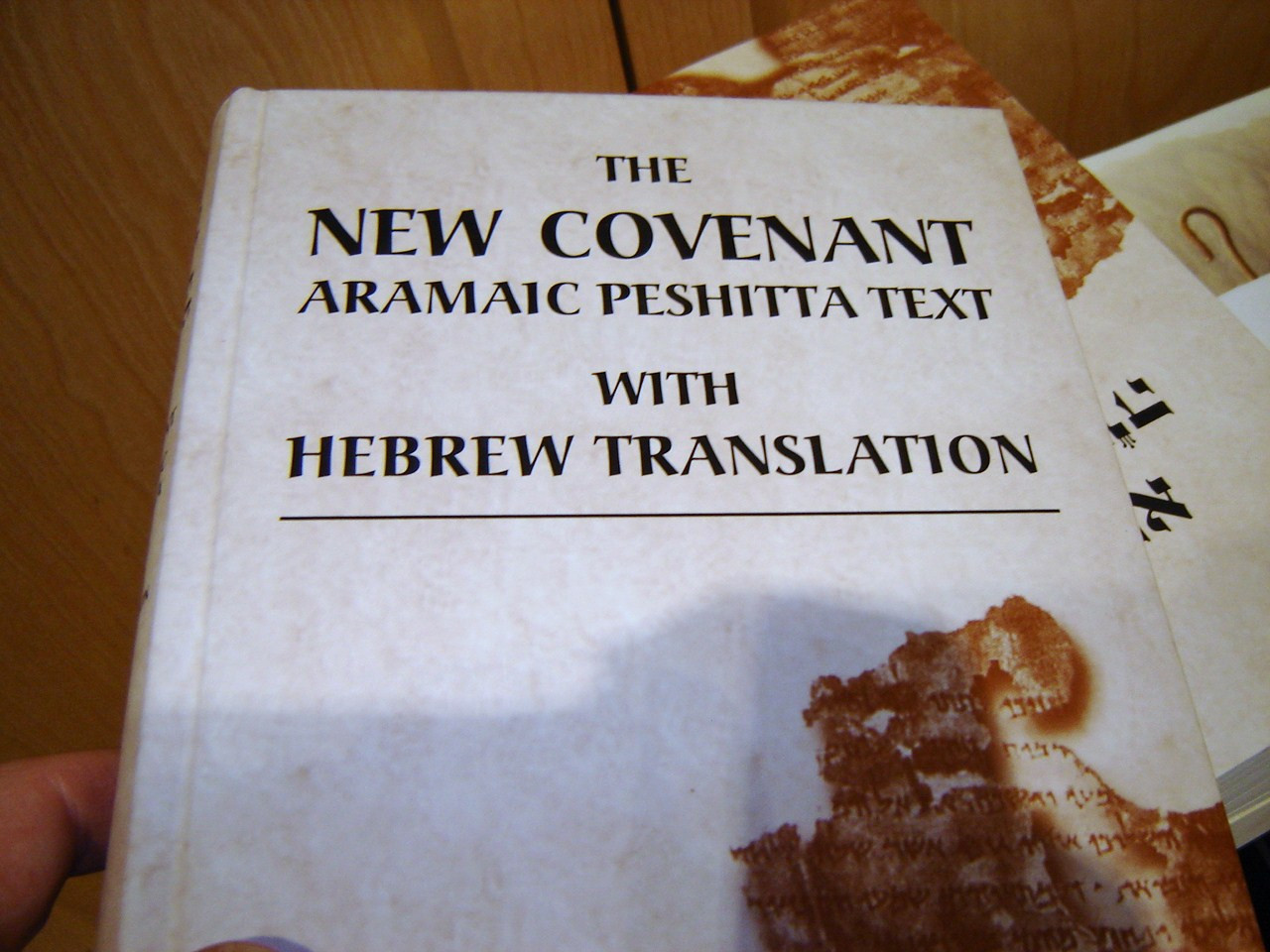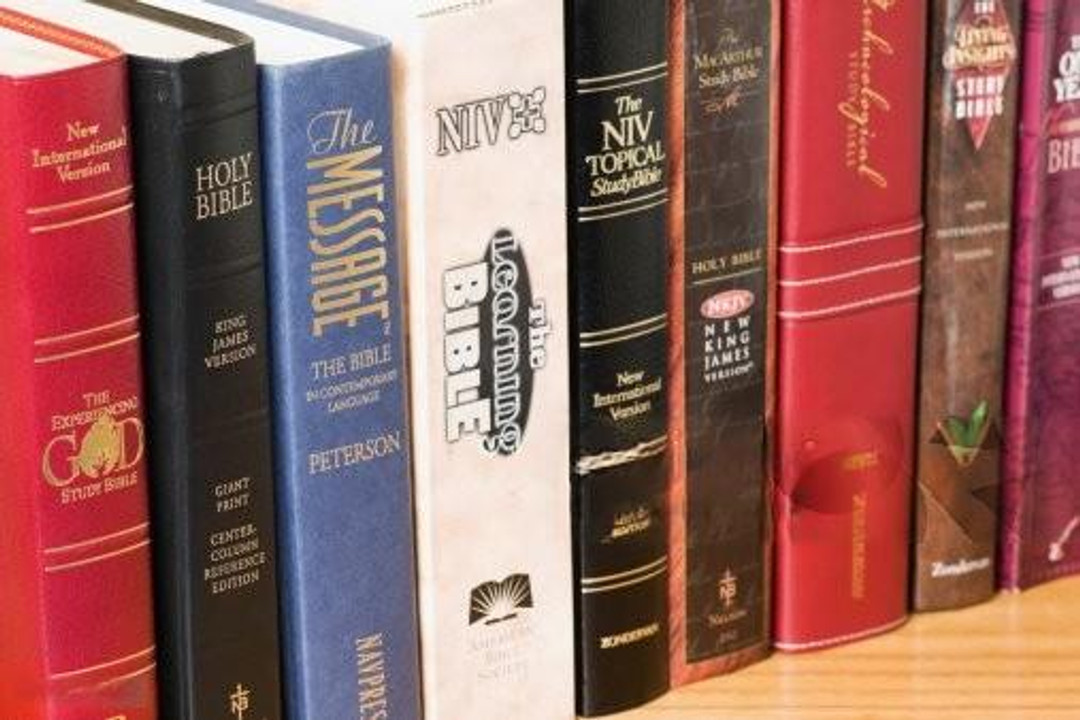The Sacred Spectrum: A Journey Through Unique Bible Translations
The Sacred Spectrum: A Journey Through Unique Bible Translations

Navigating the Linguistic Landscape of Scripture
The Bible's ability to transcend cultural and linguistic barriers is a testament to its universal message of faith, hope, and love. Unique Bible translations are pivotal in this transcendent journey, offering a profound glimpse into the heart of diverse Christian traditions. These distinctive editions are not mere linguistic variations but repositories of rich spiritual heritage and historical significance.
Historical Echoes in Scripture: The Aramaic Peshitta and Gothic Bible

Unique Bible translations often emerge under remarkable circumstances, reflecting the intricate interplay of history, language, and faith. The Aramaic Peshitta, for example, is one such treasure, providing us with a conduit to the language spoken by Jesus Christ. It stands as a bridge to the past, affording readers a sense of closeness to the early Semitic Christian traditions and their interpretations of Scripture.
The Gothic Bible, translated by Bishop Wulfila in the 4th century, represents a critical moment in the spread of Christianity to the Germanic tribes. This unique translation is not only a spiritual cornerstone but also a crucial artifact for understanding the now-extinct Gothic language, making it invaluable to both ecclesiastical and linguistic scholarship.
Cultural Reflections in Translation: The Ethiopian Canon and Codex Sinaiticus

Each unique translation embodies the culture from which it originates. The Ethiopian Bible, for instance, includes books like the Book of Enoch and the Book of Jubilees, which are not found in the Protestant canon. These texts offer a window into the Ethiopian Orthodox Church's tradition, showcasing a continuity of faith that has weathered centuries.
Another notable translation is the Codex Sinaiticus, a 4th-century manuscript discovered in the 19th century at St. Catherine's Monastery. It is one of the oldest complete copies of the New Testament and is significant for containing the oldest complete copy of the New Testament in Greek. This codex is a key source for modern Bible translations and a pivotal resource for textual criticism, offering insights into the early Christian world.
The Language of Faith: Martin Luther’s and Tyndale’s Linguistic Legacy

Unique Bible translations reveal the diversity of Christian expression. Languages carry the nuances of understanding and culture, and when the Scriptures are rendered into a new tongue, they take on additional layers of meaning. The Martin Luther Bible, for example, not only shaped the German language but also brought the Scriptures to the layperson in a profound and transformational way. Luther's translation from the Hebrew and Greek texts into the vernacular was revolutionary at the time and remains influential in the Protestant tradition.
Similarly, the Tyndale Bible, the first English translation to draw directly from Hebrew and Greek texts, laid the groundwork for subsequent English translations and significantly influenced the development of the modern English language. Tyndale's commitment to making the Bible accessible to the common man in his own language was a cornerstone of the Reformation.
Enriching Modern Spirituality: The Contemporary Relevance of Diverse Translations
The availability of these unique Bible translations has a profound impact on contemporary spiritual practice. They encourage a global conversation about the Scriptures, inviting believers from different backgrounds to explore the breadth and depth of God's Word. For modern readers, having access to such a variety of translations is not just educational; it is a means of enriching their faith through a broader understanding of how the Bible has been revered and interpreted across ages and cultures.
Embracing a Mosaic of Divine Words

The collection of unique Bible translations is a testament to the enduring and adaptive nature of the Word. They serve as a reminder of the historical journey of the Scriptures, reflecting the spiritual hunger and dedication of those who sought to translate and preserve them for future generations. These translations are not static relics but living testaments to the dynamic and unifying power of the Bible. Through them, we gain not only knowledge but also a deeper appreciation for the diversity of the body of Christ. As stewards of this legacy, we find in our possession an invaluable tool for both personal growth and the advancement of collective understanding within the rich and varied tapestry of Christianity.
EXPLORE POPULAR ARTICLES
A Tapestry of Scriptures: Discovering Diverse Bibles from Around the World
A Tapestry of Scriptures: Discovering Diverse Bibles from Around the WorldIn a quiet corner of the...
A Tapestry of Devotion - Diverse Bibles for a Global Congregation
A Tapestry of Devotion - Diverse Bibles for a Global CongregationIn a world rich with cultural and l...
Unveiling the Sacred: A Literary Journey Through BIML's Hungarian Bibles
Unveiling the Sacred: A Literary Journey Through BIML's Hungarian BiblesIn the vast mosaic of langua...
An Ode to the Sacred Texts: A Multilingual Journey Through the Bible's Many Tongues
An Ode to the Sacred Texts: A Multilingual Journey Through the Bible's Many TonguesIn the great tape...
Exploring Scripture Across Cultures: The Beauty of Multilingual Bibles
Exploring Scripture Across Cultures: The Beauty of Multilingual BiblesIn a world brimming with a m...
The Profound Resonance of Multilingual Bibles: A Tapestry of Faith Across Languages
The Profound Resonance of Multilingual Bibles: A Tapestry of Faith Across LanguagesIn the intricate...






